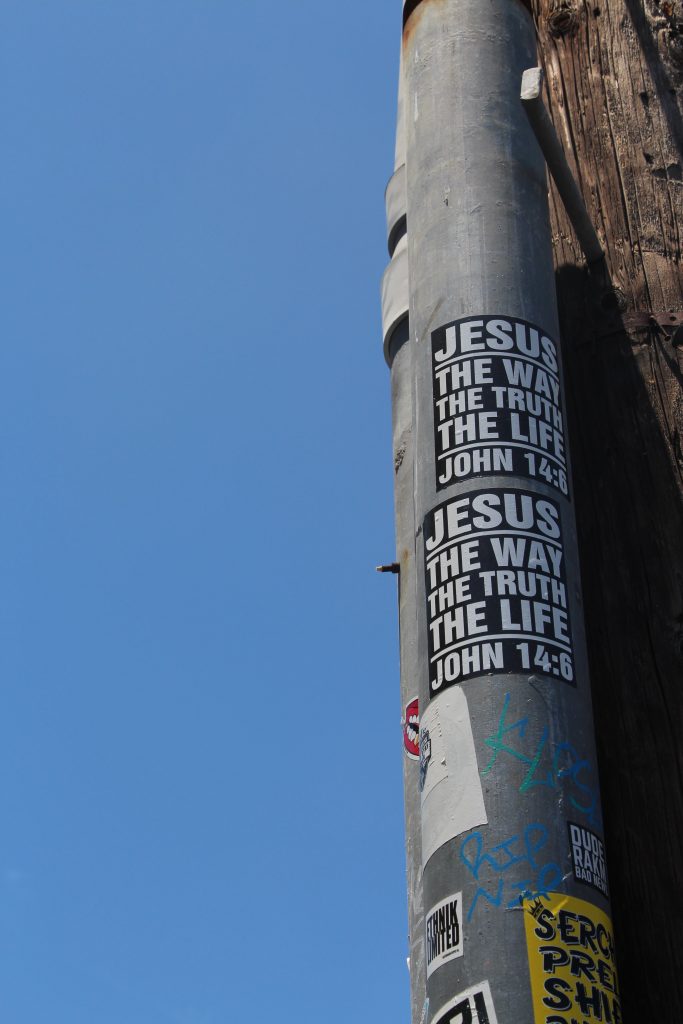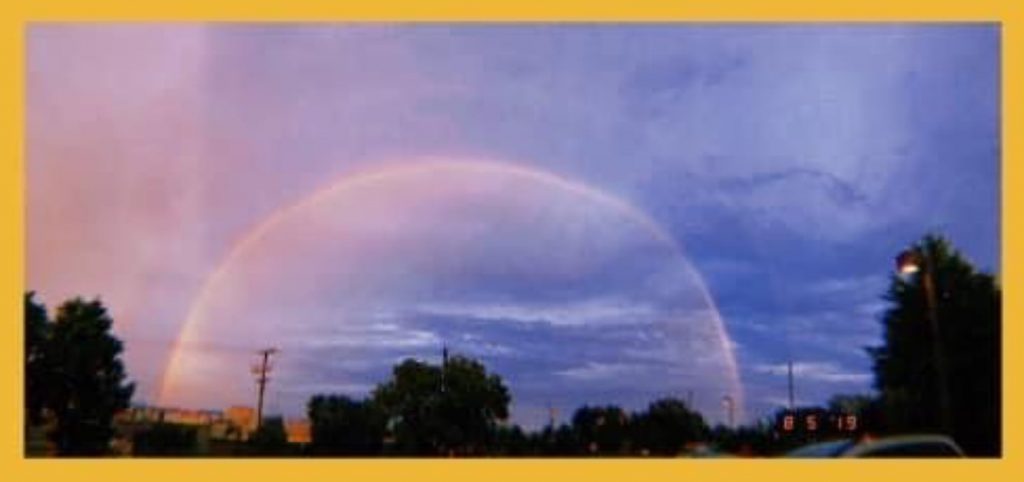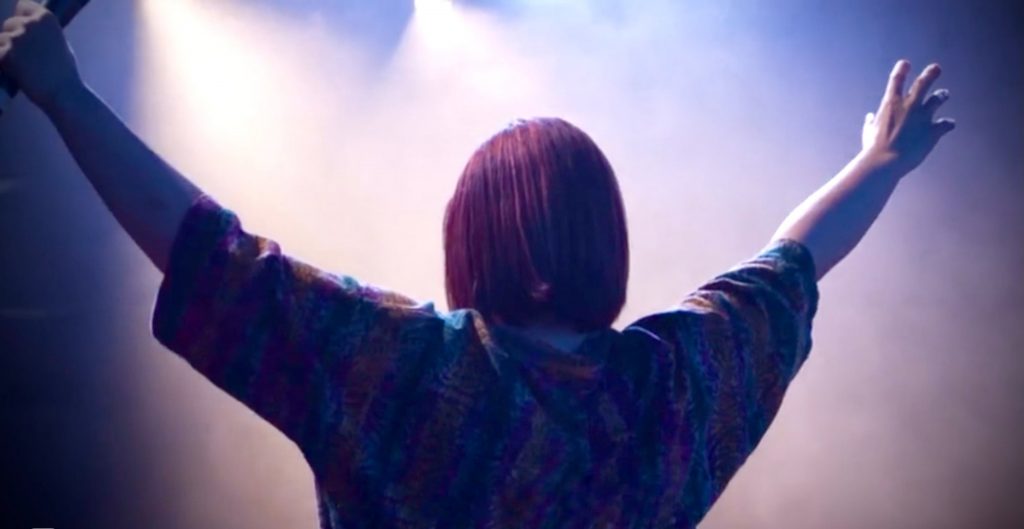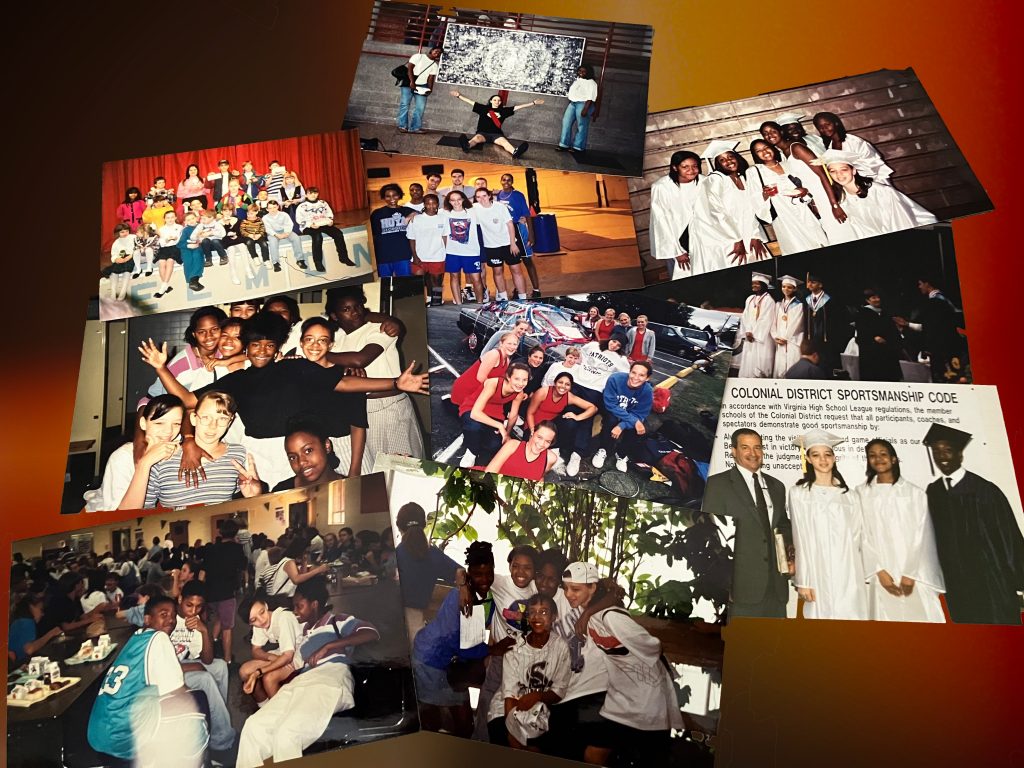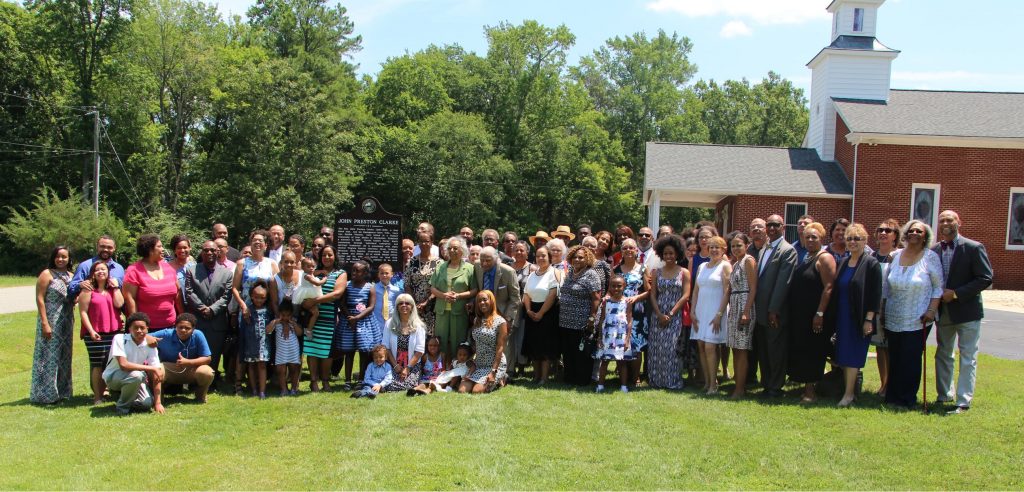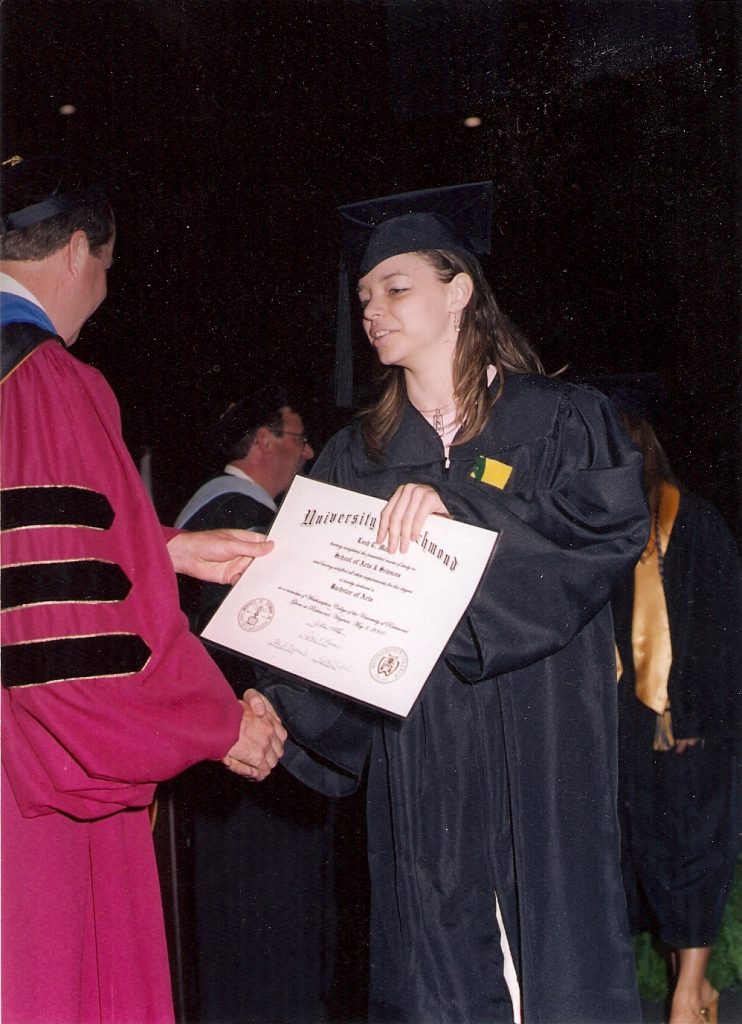The right to bear arms, afforded by the Second Amendment, essentially gives people the right to protect themselves by allowing them the right to own a firearm. But what happens when safety or hobbies are taken to the extreme? Is there a limit? And what happens when the wrong person is able to possess a firearm and enacts harm against others?
Schools, churches, malls, movie theaters, workplaces, festivals, and other public places are all supposed to be places for people to enjoy safely, but have all been scenes of mass shootings and gun violence. When these tragedies occur, one group sends thoughts and prayers, one group demands gun control reform, and another group doubles down to protect their Second Amendment rights. There must be a way to bring all perspectives to the table to make the world safer.
The conversation has to happen regarding who can own, what one can own, how much can one own, and where one can carry. Boundaries are needed to protect rights, as well as to protect lives. The end goal doesn’t have to be to take all firearms, but there has to be rules to ownership.
Remember how we started this conversation on rights – one person’s rights end where the next person’s rights begin. We are all given the right to live, not by any government, but by the Creator of the Universe. Let’s work together to live together.



